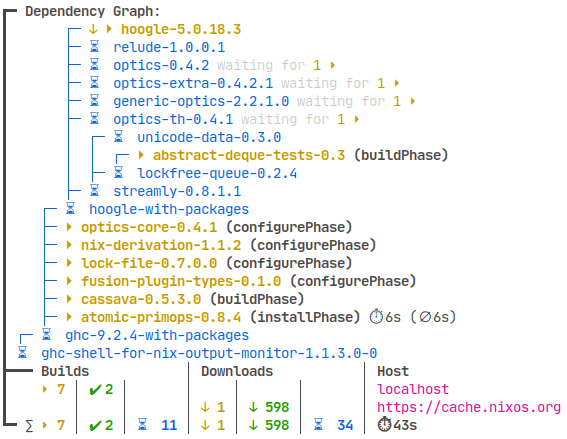

I also had been contenplating this for a while. The solution I implemented recently is:
The system itself is a RPI on NixOS. The system can be reproduced from the NixOS configuration. The NixOS configuration is stored on GitHub. Since I can reproduce the sdcard image (and full system) from the configuration I opted to not do any backup of the sdcard/system itself.
I’ve also opted to not use raid, as I can replace/add a RPI without too much hassle.
The real backups for me are for photos. Those are stored on a M.2 storage. A second (similar) RPI is placed at my dad’s place. The rpis run tailscale and syncthing. Syncthing syncs using staggered mode (stores 1 version for the last day/week/year) and the RPI at my dad is untrusted, so the backup files are sent/stored encrypted there.
This setup hasn’t run very long yet, so I won’t recommend it, but it seems to check quite a lot of boxes for me. Maybe it gives some ideas. I’m also interested what alternative solutions others came up with.


Someone has done just that: https://github.com/snowfallorg/nixos-conf-editor It is part of https://snowflakeos.org/, though I don’t know about its developments atm.